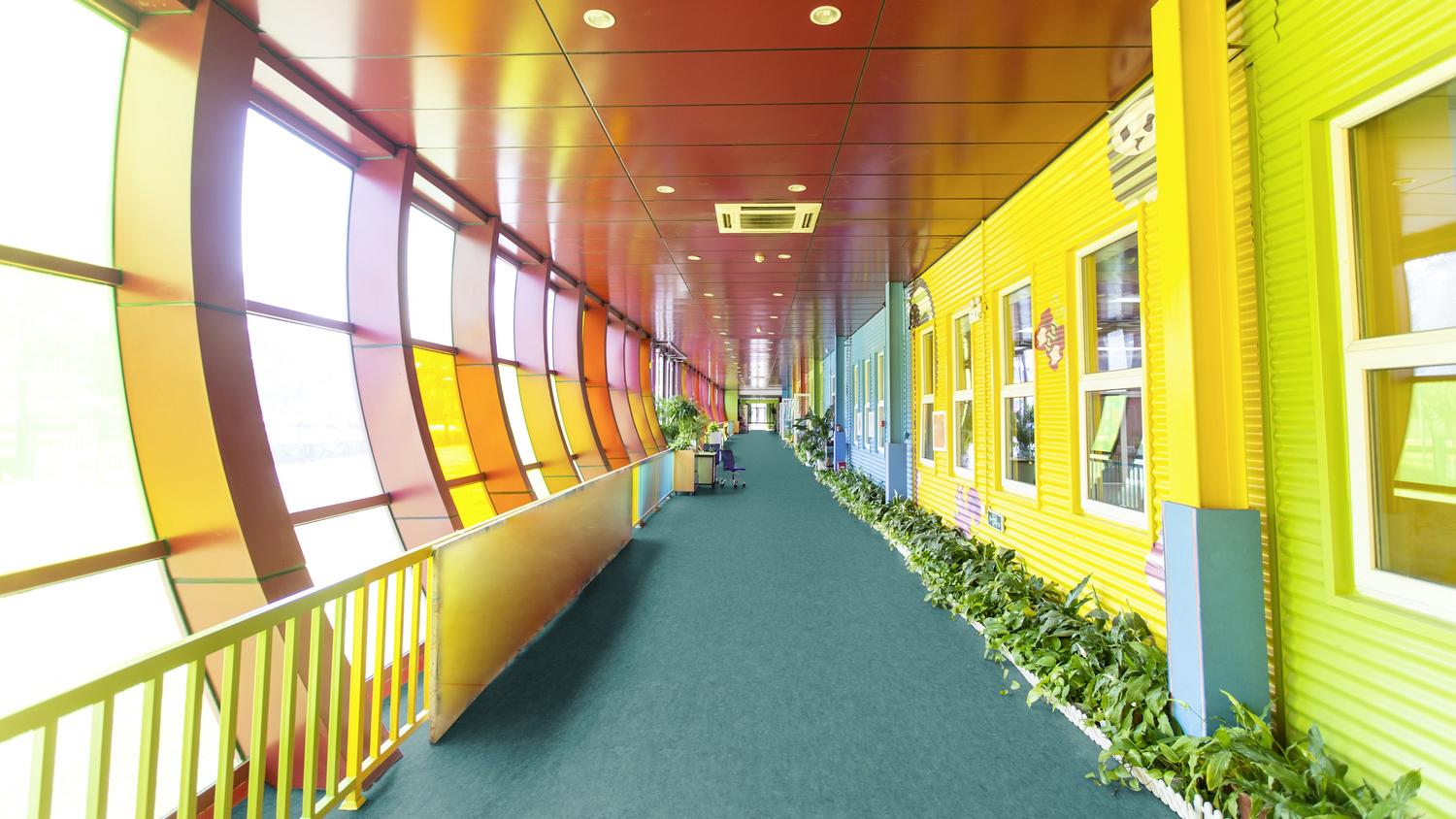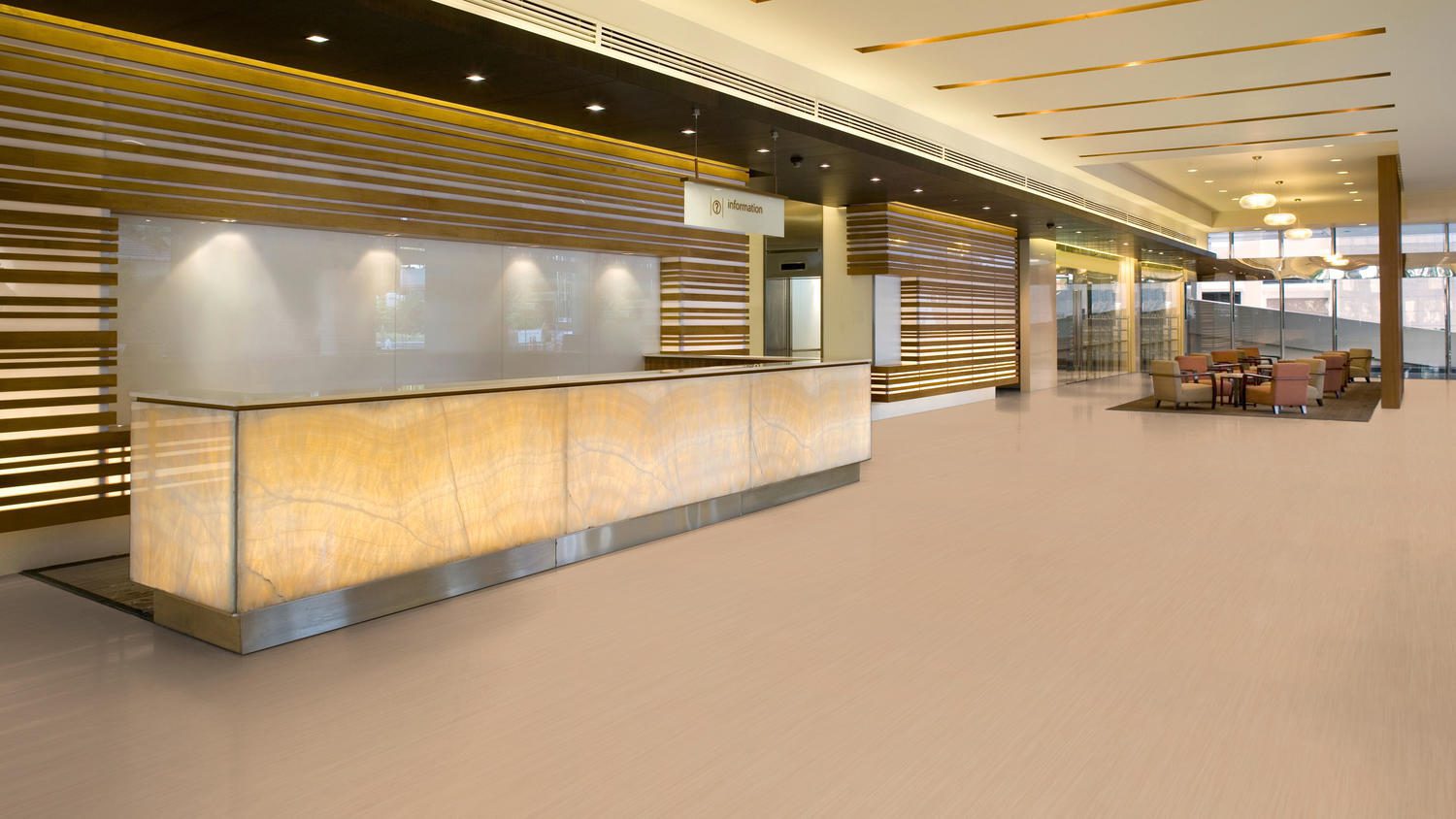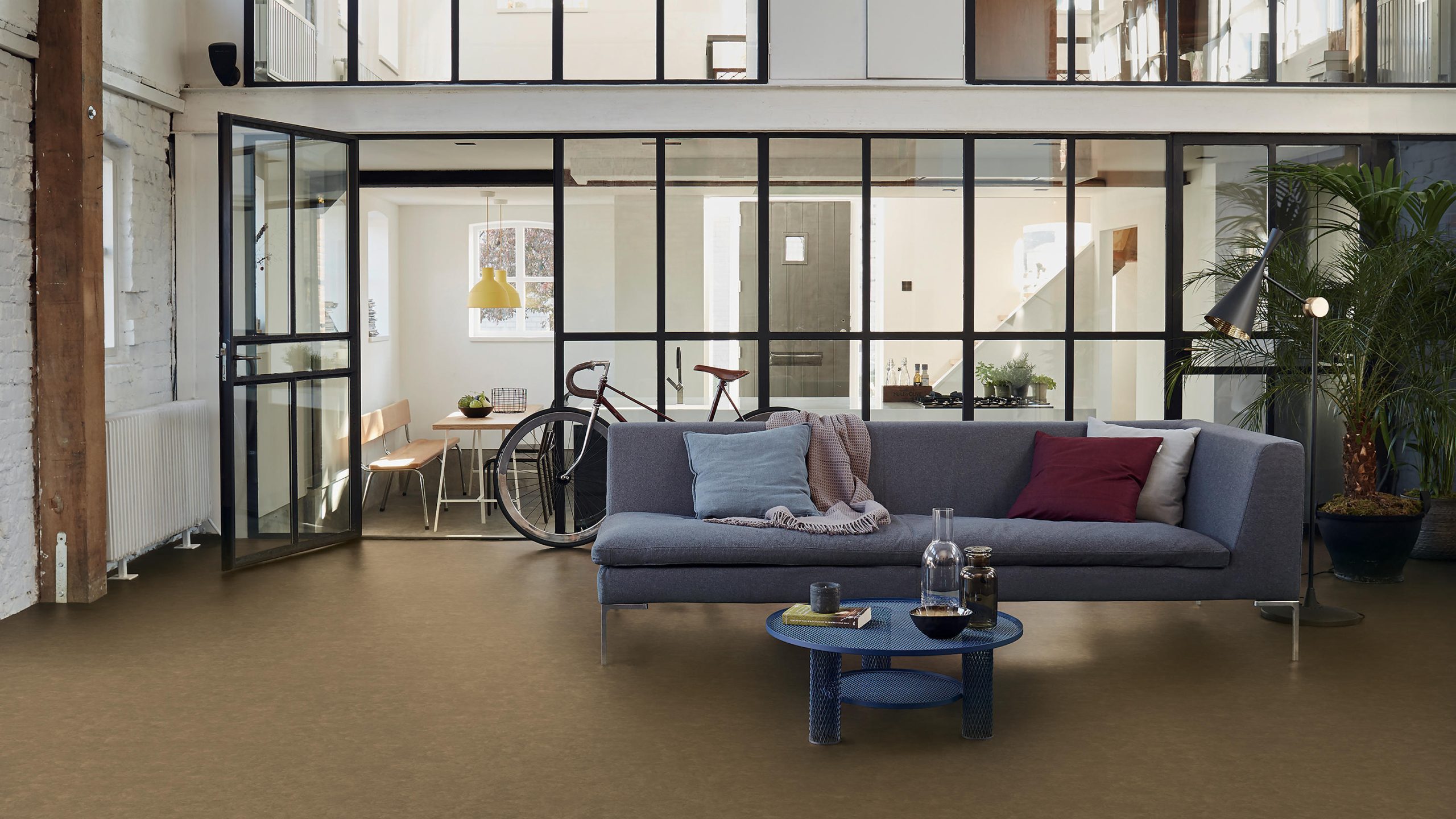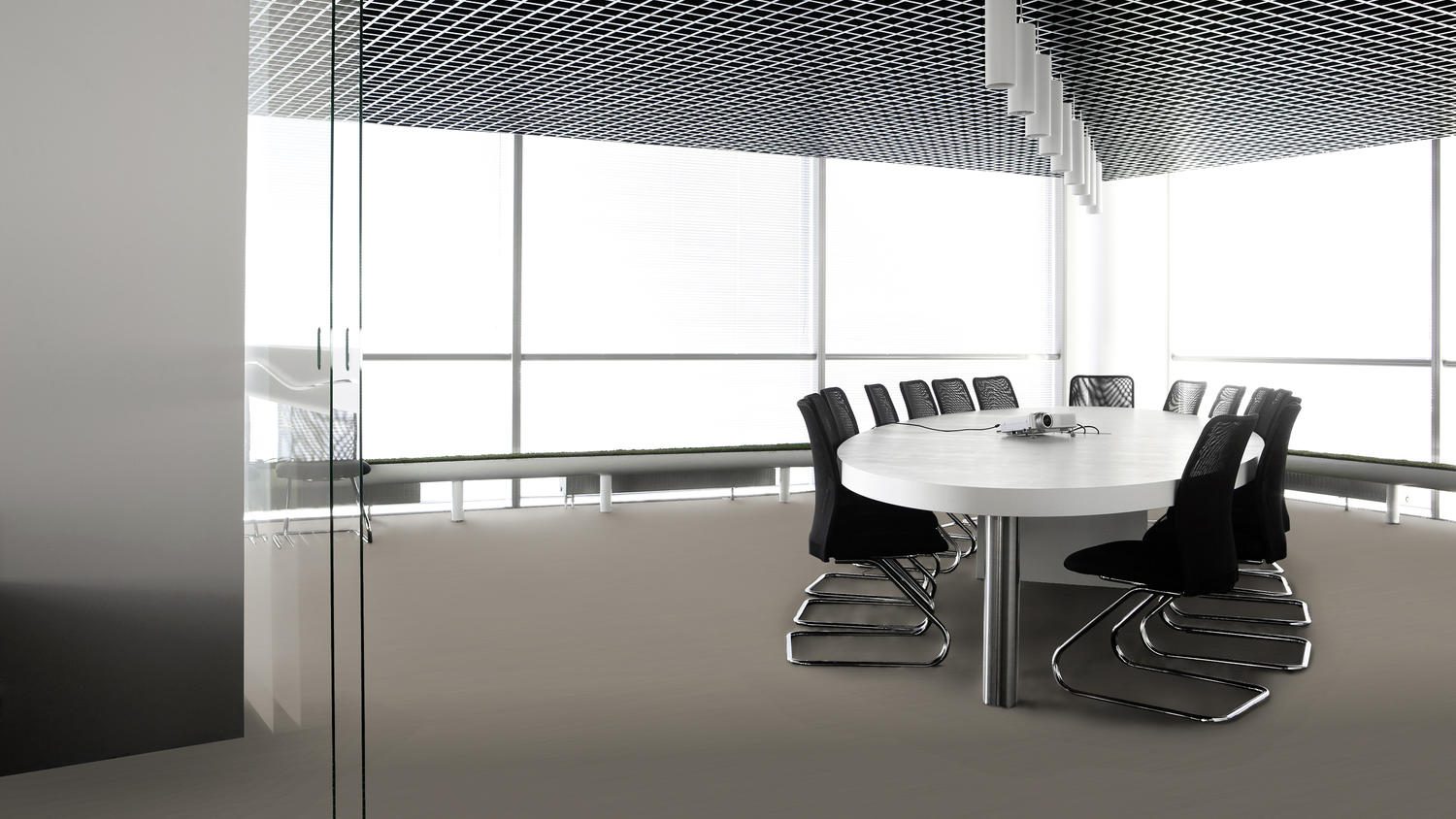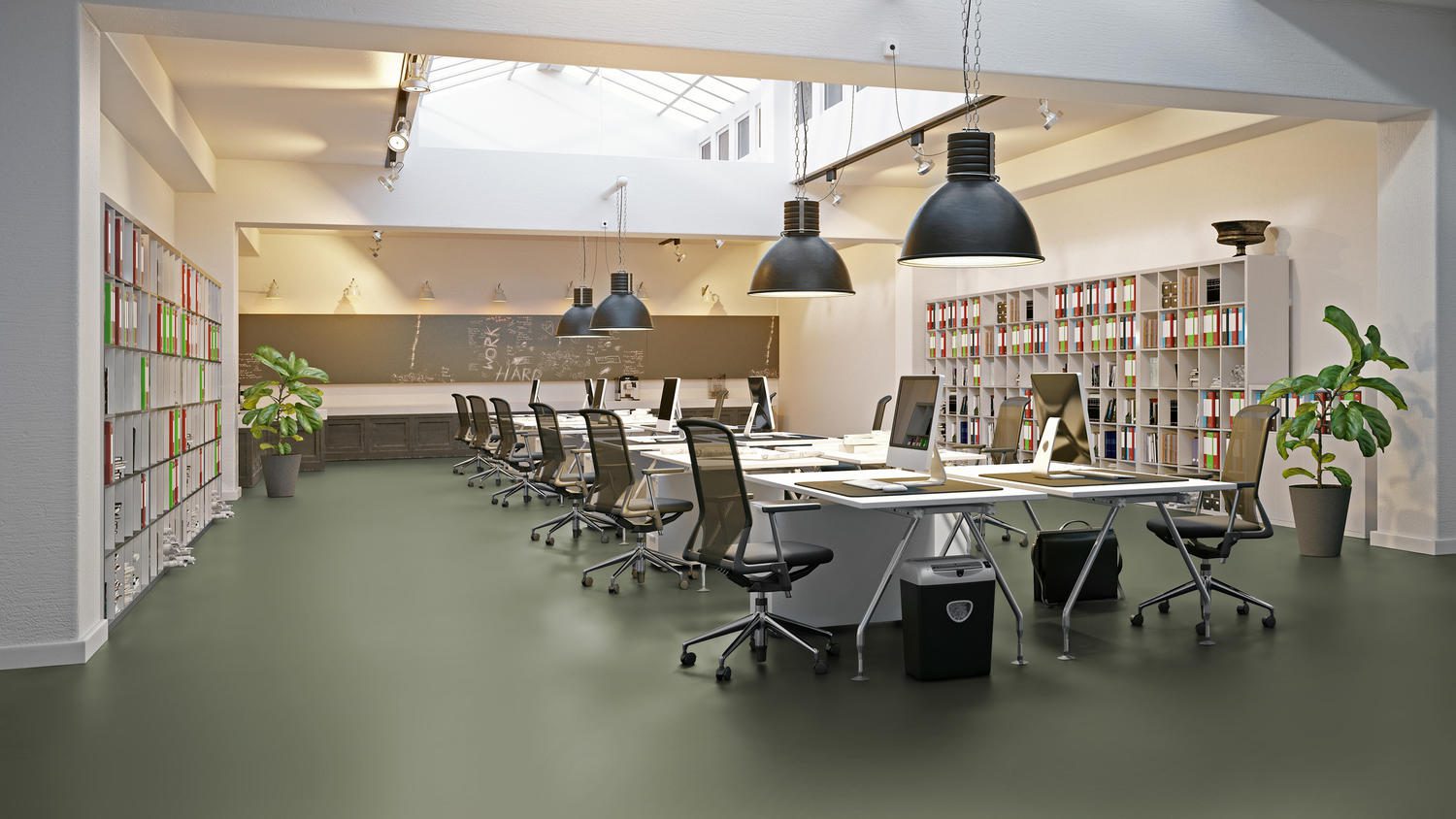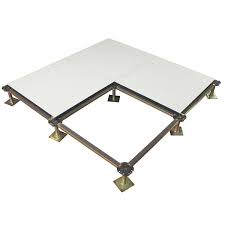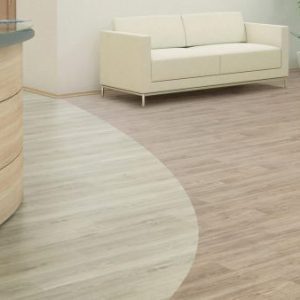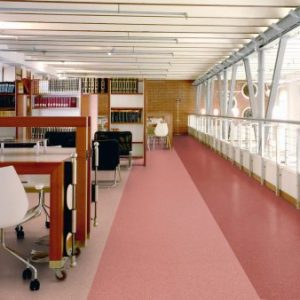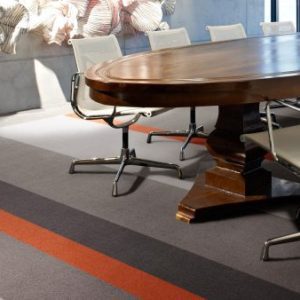Description
Exploring the Versatility and Sustainability of Linoleum Flooring
Linoleum flooring is a classic yet modern option that has gained popularity for its durability, design versatility, and sustainable characteristics. Whether you’re renovating your home or designing a commercial space, linoleum offers a blend of style and eco-consciousness. In this comprehensive guide, we’ll explore the benefits, installation methods, care techniques, and various applications of linoleum flooring, helping you make an informed choice for your flooring needs.
Unveiling the Features of Linoleum Flooring
Understanding Linoleum Flooring
Linoleum is a natural flooring material made primarily from linseed oil, pine rosin, cork flour, wood flour, and pigments, all compressed onto a jute backing. Its composition contributes to its remarkable durability and environmentally-friendly attributes.
Advantages of Linoleum Flooring
- Eco-Friendly Composition: Linoleum is crafted from renewable and biodegradable materials, making it a sustainable flooring choice that reduces environmental impact.
- Diverse Design Options: Linoleum comes in an array of colors, patterns, and styles, offering endless design possibilities to suit various interior aesthetics.
- Durability and Longevity: Linoleum flooring is known for its resilience and can withstand heavy foot traffic, making it suitable for both residential and commercial spaces.
- Hypoallergenic and Antimicrobial: Linoleum’s natural properties resist the growth of allergens and bacteria, contributing to a healthier indoor environment.
Installation and Maintenance of Linoleum Flooring
Bringing Linoleum into Your Interior Design
Whether you’re renovating your home or designing a commercial space, linoleum can add a touch of elegance and sustainability. Here are some creative ways to incorporate linoleum flooring:
-
- Classic Elegance: Achieve a timeless look with linoleum tiles in neutral tones like soft grays and warm beiges. These hues create a sophisticated ambiance that complements various design styles.
- Bold Statements: Make a statement by opting for vibrant linoleum colors or intricate patterns. These can be used as focal points in entryways or small spaces to add personality and charm.
- Nature-Inspired Spaces: Enhance the connection to nature by choosing linoleum in earthy tones. This complements biophilic design principles, fostering a calming and inviting atmosphere.
- Sustainable Commercial Spaces: Linoleum’s durability and sustainability make it an excellent choice for commercial spaces. From offices to retail stores, linoleum can withstand heavy use while maintaining its aesthetic appeal.
Maintaining and Caring for Linoleum
Tips for Prolonging Linoleum’s Lifespan
To ensure your linoleum flooring remains in optimal condition for years to come, follow these maintenance tips:
- Regular Cleaning: Sweep or vacuum your linoleum floors to remove dirt and debris. Clean up spills promptly to prevent staining.
- Gentle Cleansers: Use mild, pH-neutral cleaners for damp mopping. Avoid harsh chemicals that can damage the linoleum’s surface.
- Avoid Excess Moisture: While linoleum is water-resistant, excessive moisture can still damage it over time. Wipe up spills and avoid soaking the floors.
- Protective Pads: Place felt pads under furniture legs to prevent scratches and dents when moving or rearranging items.
Conclusion:
Linoleum flooring offers a harmonious blend of sustainability, durability, and design versatility. Its natural composition and eco-friendly attributes make it a prime choice for those seeking a greener flooring option without compromising on aesthetics. By incorporating linoleum into your space and following proper maintenance practices, you can enjoy a stylish and enduring flooring solution that stands the test of time.

